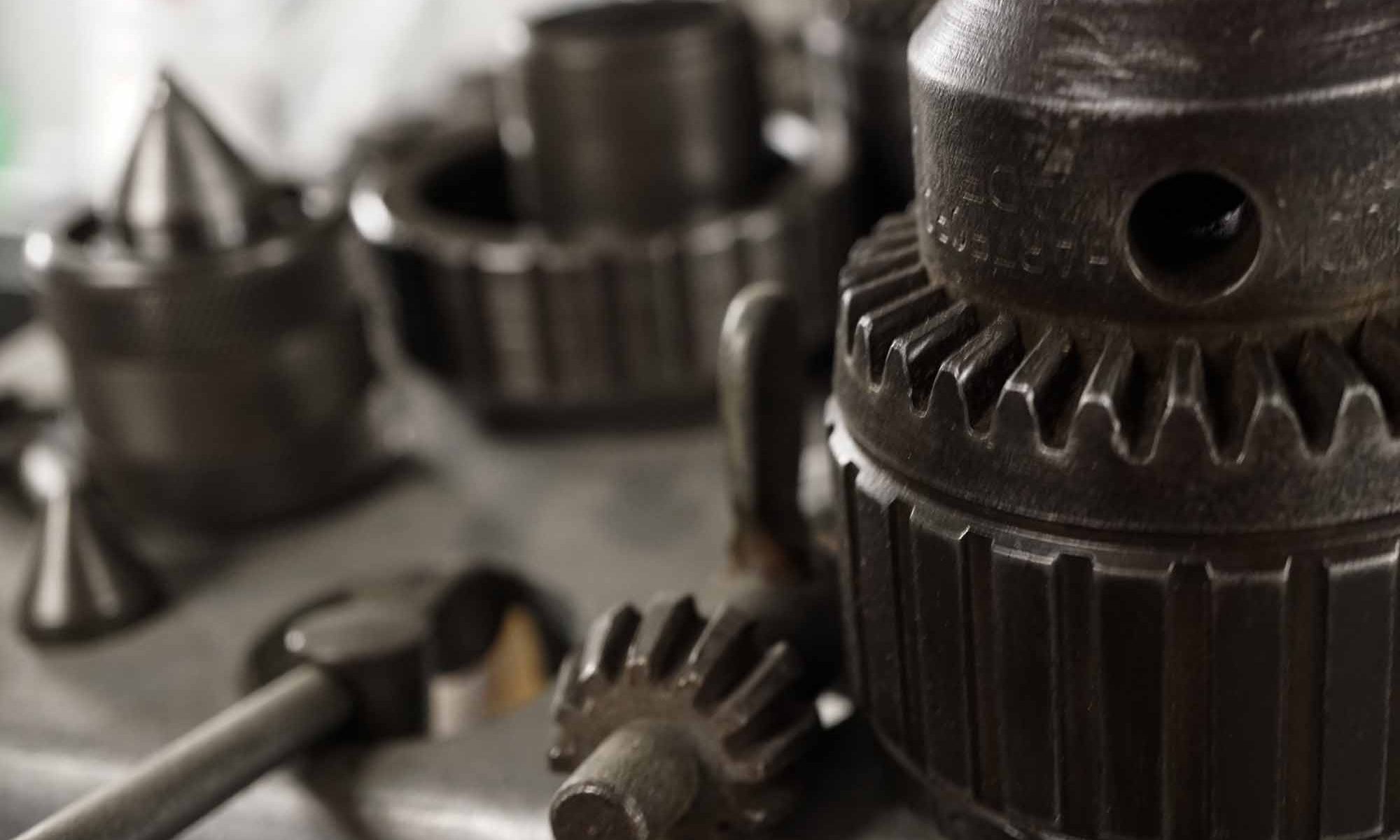We get a lot of questions about the pros and cons of long vs short butt hooks. Here is a quick overview of what butt hooks do, and some things to consider when picking out hooks for your rifle.
Generally, biathlon rifles have one or two “hooks” protruding from the butt plate of the rifle, located either at the top of the butt plate, or bottom, or both.

Top Hook: The top hook is used in the prone position only. When lying in the prone position it rests on the top of your shoulder, and can provide a stop, preventing any downward shift of the rifle butt in your shoulder. It also serves as a consistent reference point, helping place the rifle in your shoulder the same way every time. A short top hook will provide less of a stop, and serve more as a reference point, whereas a longer top hook with provide both a solid stop and reference.
Sounds great right? For the most part, it is, but as a beginner, you have to be careful with top hooks, as they can give you a false sense of security in your prone position. A good prone shooting position should create enough pressure between the butt plate and your shoulder, that the butt plate will be firmly held in your shoulder and won’t slip down– without the aid of a top hook. If you start using a long top hook before you’ve taken the time to adjust the rest of your rifle properly and practice establishing a solid prone position, it could mask the fact that you don’t have adequate pressure in your shoulder and prevent you from ever addressing other issues in your position. For this reason it’s often a good idea to start with a short top hook, or no top hook at all until you feel you’ve really dialed in your prone position. Once your rifle is adjusted well and your position is solid, switching to longer hook can ensure that you find that solid position every time.


Bottom Hook: The bottom hook is used exclusively for the offhand or standing position. Positioned under the arm, or in the armpit of the shooter, it prevents upward shift of the rifle butt in the shoulder. Biathlon rifles are almost always front heavy, which means when a good standing position is established (skeletal support through the support forearm and elbow resting on the shooters hip) the rifle will want to tip forward. The bottom hook prevents this tip, letting gravity lock the rifle into position. Shooters can make small adjustments to the elevation of their natural point of aim in standing position by moving the bottom hook up or down.
As with prone shooting, there should be some amount of pressure in the shooter’s shoulder, and like a top hook, a bottom hooks can be used as a crutch with this regard. That said, long bottom hooks are generally considered a good option, or even a necessity for precision standing shooting.
The Short of it:
Long hooks exist for a reason: they make prone and offhand shooting positions feel more stable, and repeatable. However, in pursuit of excellence, they will likely need to be moved around, played with, and probably at times removed to ensure you’re optimizing your shooting in the end.


Thank you for this concise explanation. There is so little biathlon info on the net, so I appreciate what you’re doing here.